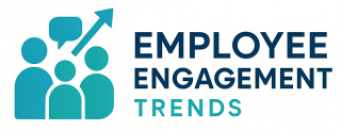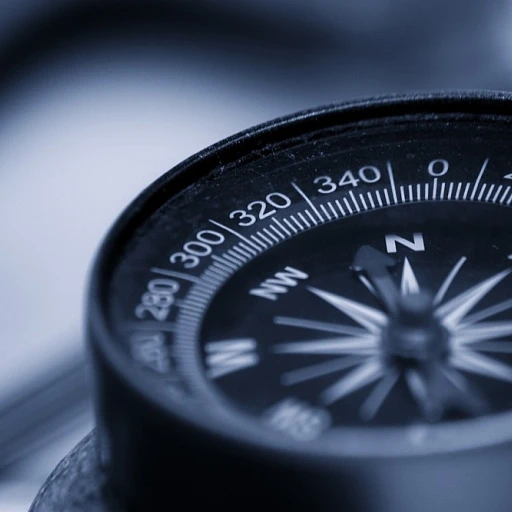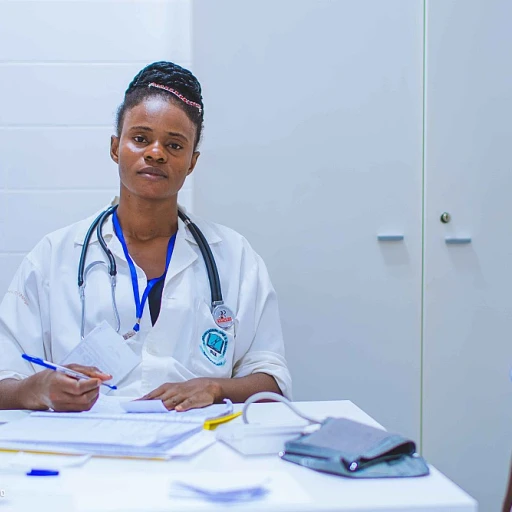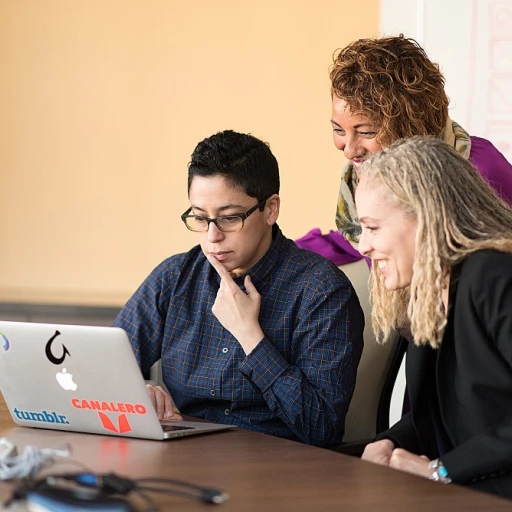
The Purpose of Team Building
Why Team Building Activities Matter
Team building activities play a crucial role in enhancing the overall work environment and improving relationships among employees. These activities are designed to bring team members closer, fostering a sense of unity and boosting trust within the team. By engaging in various group exercises, team members can improve their communication skills, collaborate more effectively, and solve problems together, ultimately leading to better decision-making processes. Moreover, building activities are instrumental in breaking down barriers between people who might not interact regularly. They help create a positive work atmosphere where effective communication becomes the norm, and teamwork is seen as essential rather than optional. The interactions during these activities greatly contribute to team bonding and long-term team development. In the business world, where collaboration and trust are vital, well-planned team building events become more than just a fun day out of the office. They are strategic activities designed to enhance team performance and foster a collaborative working environment. Participants in these events often report increased morale and improved team dynamics, leading to higher productivity levels. To craft truly effective team building experiences, it is crucial to balance engagement and productivity. Activities should be engaging and enjoyable, providing participants with a break from their usual work routine while still delivering outcomes that benefit the entire team. For those interested in crafting memorable experiences for their teams, learning about the purpose and benefits of team building can be a starting point. Discover more insights by reading an informative guide on crafting a memorable holiday message for your team here.Factors Influencing Duration
Determining the Right Length for Team Building
When planning team building activities, one of the key considerations is the duration of the event. The length of time dedicated to these activities can significantly influence their effectiveness and the level of engagement among team members. Several factors come into play when determining how long a team building session should last.
Firstly, the objectives of the team building activity are crucial. If the goal is to enhance communication skills or foster trust among team members, a longer session might be necessary to allow for deeper interactions and more comprehensive problem-solving exercises. On the other hand, if the aim is simply to provide a fun break from routine work, a shorter, more engaging activity might suffice.
The size of the team also matters. Larger groups may require more time to ensure that every participant has the opportunity to engage fully. In contrast, smaller teams might benefit from shorter, more intense sessions that keep everyone actively involved.
Another important factor is the type of activity being planned. Some activities, like outdoor adventure challenges or complex problem-solving tasks, naturally require more time. Conversely, quick icebreakers or simple team bonding exercises can be effectively conducted in a shorter timeframe.
Additionally, consider the work schedule and availability of team members. It’s essential to balance the time spent on team building with regular work commitments to avoid disrupting productivity. A half-day session might be ideal for maintaining this balance, allowing employees to participate without feeling overwhelmed by time constraints.
Finally, the desired impact of the team building event should guide the duration. If the goal is to achieve long-term improvements in team performance and collaboration, investing more time in a well-structured activity can yield better results.
For more insights on planning effective team building events, you might find this article on crafting a memorable holiday message for your team helpful, as it offers tips on enhancing team engagement through thoughtful communication.
Types of Team Building Activities
Defining Different Types of Team Building Activities
Team building activities come in various formats, each designed to enhance specific skills and dynamics within a team. Choosing the right activity depends on the objectives you wish to achieve and the characteristics of your team. Understanding these can help in planning effective team building sessions. One cornerstone category of team building activities is problem-solving exercises. These activities encourage team members to work collaboratively towards finding solutions, improving overall team performance. For instance, escape rooms offer a unique opportunity for teams to engage in intense collaboration while utilizing their decision-making and communication skills. Communication-enhancing activities can bring team members closer, facilitating better understanding and trust. Activities like role-playing scenarios or improv workshops focus on improving communication skills and can significantly boost team bonding. To incorporate fun in your team building efforts, consider organizing business-oriented games or contests. Such events not only provide entertainment but also encourage cooperation and friendly competition, which can help in strengthening team development. For long-term improvements in team dynamics, more structured activities like retreats or workshops can be effective. These allow participants to deeply engage with each other in a more relaxed environment, fostering deeper connections and understanding. Group activities involving physical challenges, such as obstacle courses or team sports, are also beneficial. They not only inspire physical fitness but also promote trust and effective team collaboration, as participants rely on one another to succeed. Each activity type has its strengths and can be tailored for your specific team. By understanding these differences, organizations can design team building events that not only entertain but also significantly contribute to building a cohesive and effective team. For more insights on enhancing team dynamics, you might want to explore some innovative approaches to team collaboration.Balancing Engagement and Productivity
Optimizing Engagement without Compromising Productivity
Finding the right balance between keeping team members engaged and ensuring productivity is a common challenge in organizing team building activities. It's essential for teams to not only have fun but also to work together effectively and achieve their goals. Planning effective team building events involves strategic decision making that requires considering several factors that influence both engagement and productivity. To begin with, team building activities should be designed to cater to the unique dynamics of the team and the intended outcome of the event. Activities should support the development of essential skills such as communication, problem solving, and collaboration. This can be done by ensuring the activities encourage active participation from all team members and foster team bonding, creating a cohesive work team. Moreover, activities should not be so demanding that they detract from work and business productivity. Organizing a half-day event, for example, allows employees to engage in the activities and return to their tasks feeling refreshed and motivated. Prioritizing short, impactful events over longer ones can help maintain a healthy balance. Maintaining an open line of communication is also essential. Encourage team members to voice their opinions about the activities and the level of engagement they experience. This feedback will provide valuable insights into what works best for the group, ultimately leading to a more effective team environment. Lastly, it's crucial to establish clear objectives for each team building activity, aligning them with the overall goals of the organization. By doing this, employees can see the direct impact of their participation, reinforcing their sense of belonging and contribution to the team's success. When team building activities are carefully crafted and well-executed, they can significantly improve team performance and contribute to long term development. Implementing best practices in planning these events not only enhances communication skills and trust among members but also positively influences overall team dynamics.Measuring the Impact
Evaluating the Impact on Team Engagement
Determining the effectiveness of team building activities is crucial to understanding their impact on team dynamics and engagement within the workplace. Here are some factors to consider:- Communication Skills Enhancement: Observe whether there is an improvement in communication among employees post-activity. Effective communication is key to successful team collaboration and problem-solving.
- Trust and Collaboration: Team development activities often aim to build trust among team members. Assessing trust levels can indicate the success of these activities in fostering a supportive work environment.
- Team Performance and Productivity: After participating in team bonding events, note any changes in team performance. Increased productivity indicates that the activities have managed to balance fun with the development of work skills.
- Employee Feedback: Collecting feedback from participants can provide insights into their experience of the building events. This feedback can help identify which aspects of the activities worked well and which need adjustment.
- Long-term Engagement: Engaging activities should have a lasting impact on team development. Monitoring team engagement over a period can reveal the long-term benefits of a given team building activity.
Best Practices for Planning
Effective Planning For Successful Team Building
Incorporating best practices when planning a team building event can significantly enhance its impact on employee engagement. Here are some key considerations to keep in mind:- Understand the Team Needs: Begin by assessing the specific goals of your work team and the challenges they face. Whether the focus is on improving communication skills or fostering trust, each activity should align with the overall objectives.
- Select Appropriate Activities: Different team development activities serve various purposes. Evaluating different types of activities that cater to your team's dynamics can ensure that they are both enjoyable and effective in promoting team bonding.
- Involve Team Members: Engage team members in the planning process. Involving them in decision making fosters a sense of ownership and makes the activities more relevant to the participants’ interests and group dynamics.
- Set the Right Duration: Balance the time allocated for each building event to ensure it is neither too long nor too short. Factors like the nature of the group, previous events’ outcomes, and half day sessions can be considered to maintain engagement while achieving productivity.
- Facilitate Effective Communication: Establish clear communication channels both before and during the event. This can help participants understand the objectives and contribute effectively, making the activities not just fun, but productive.
- Assess and Adjust: After each event, take time to evaluate its effectiveness. Encourage feedback from all participants to identify what worked well and what could be improved. Continuous assessment helps in refining future building activities and maximizing team performance.













